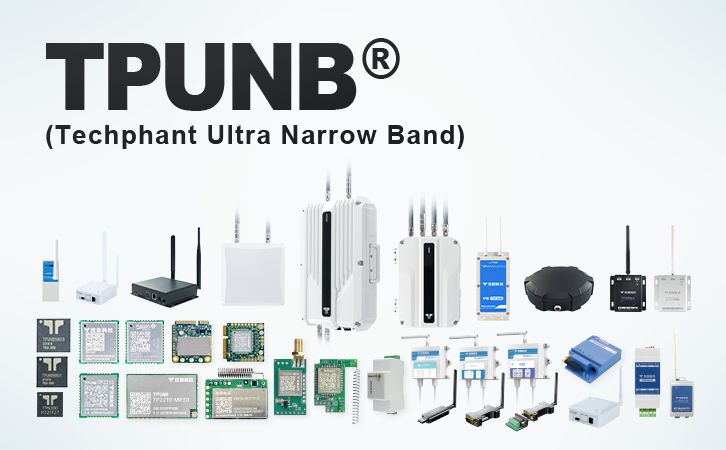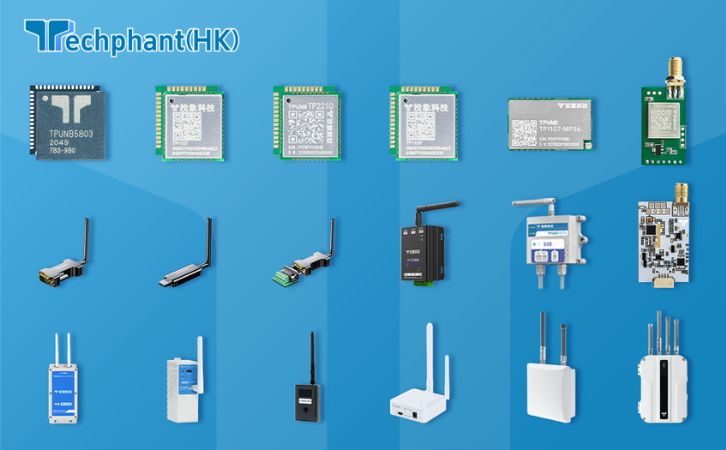Data powers our digital age, from binge-watching series to remote work collaborations, but it’s the speed and scale of its movement that truly captivates. At the heart of this flow are data transfer units—the metrics that turn abstract information into measurable streams. If you’ve ever wondered why your download flies or fizzles, these units hold the key. This article strips it down to the essentials, covering definitions, hierarchies, technologies, and practical tips, all in plain sight for the curious mind.
I. The Fundamentals: What Are Data Transfer Units?
Data transfer units are the yardsticks for quantifying how digital information—those endless strings of 0s and 1s—moves between devices, networks, or storage. Imagine data as passengers on a conveyor belt: the units measure both the crowd size (amount of data) and the belt’s pace (transfer rate). Without them, we’d be guessing at performance, like timing a race with a sundial.
The story starts with the bit, the tiniest building block: one binary choice, on or off, yes or no. Coined in the 1940s by Claude Shannon, the father of information theory, a bit is the DNA of data. Group eight bits together, and you get a byte, capable of holding a single letter or pixel shade—think “A” in ASCII code.
Transfer enters the picture with bits per second (bps), the baseline rate. It’s not just volume; it’s velocity. Early computers crawled at mere bps, but today, we layer on multipliers: kilo- (thousands), mega- (millions), giga- (billions). So, 1 Mbps equals 1,000,000 bps—enough for smooth HD video. Bytes get their turn too, as bytes per second (Bps), useful for file ops where whole chunks matter.
A fun wrinkle: bits vs. bytes confusion. Networks quote Mbps (megabits), but files are in MB (megabytes). Since 1 byte = 8 bits, a 100 Mbps line delivers about 12.5 MBps. This mismatch trips up newcomers, but it’s why your 100 MB song takes just 8 seconds to download. These units aren’t arbitrary; they’re engineered for precision, evolving from punch cards to petabyte pipelines, making the intangible trackable.
II. Building Blocks: Hierarchy and Key Metrics
Zoom in on the ladder of data transfer units, from atomic bits to bandwidth behemoths. At the base, the nibble (4 bits) is a half-byte curiosity, but we leap to bytes for practicality. Bytes stack into kilobytes (KB), megabytes (MB), gigabytes (GB), and terabytes (TB)—powers of 1,024 in tech speak, not the marketer’s 1,000. This binary base honors computers’ doubling nature.
For motion, bandwidth reigns: the theoretical max transfer rate, like a pipe’s diameter. Measured in bps variants, it’s your connection’s ceiling. A 10 Gbps fiber link? That’s 10 billion bits zipping by each second, ideal for 4K streams to multiple screens. But actual speed dips due to throughput—real-world flow after deductions.
Overhead bites here: protocols wrap data in headers for routing and checks, siphoning 5-15% of capacity. Then there’s latency, the wait time between send and receive (in ms), not a transfer unit per se but a sibling that sours experiences. Low latency (under 50 ms) keeps games responsive; high (over 200 ms) lags video calls.
To illustrate: a 5 MB email (40 million bits) crosses a 50 Mbps line in 0.8 seconds, minus overhead. Scale to a 100 GB backup (800 billion bits), and it balloons to 4.5 hours. Tools like calculators (search “bandwidth calculator”) demystify this, showing how units interlock to predict performance. It’s a nested system: bits fuel bytes, rates define bandwidth, all harmonizing for seamless data journeys.
III. In Action: Mediums That Make It Move
Data transfer units come alive through the channels carrying them—wires for reliability, waves for freedom. Each medium tunes its units to physics, from copper pulses to light-speed lasers.
Start wired: Ethernet cables, like Cat5e, cap at 1 Gbps over 100 meters, twisting wires to fend off noise—like a quiet conversation in a crowd. Upgrade to Cat8 for 40 Gbps shorts, or fiber optics for the long haul. Fibers shoot laser-encoded bits at 400 Gbps+, spanning continents with negligible loss. They’re the internet’s arteries, handling zettabytes (trillions of GB) yearly.
Wireless trades wires for airwaves. Wi-Fi 7, rolled out in 2024, promises 46 Gbps peaks using 6 GHz bands, but real homes see 1-2 Gbps amid walls and interference. It employs beamforming to focus signals, multiplying effective units like spotlights in fog. Bluetooth nibbles at 2-3 Mbps for earbuds, prioritizing low power over speed.
Mobile shines with 5G, now ubiquitous in 2025, delivering 1-10 Gbps in urban mmWave zones, dropping to 100 Mbps on sub-6 GHz for coverage. Satellites like Starlink orbit at 220 Mbps, using laser links between birds for backhaul. Hybrids blend them—your phone hands off Wi-Fi to 5G seamlessly, units adapting on the fly.
Measure your own: apps like Speedtest clock your bps, revealing if your “fiber” is copper in disguise. These mediums embody units in motion, turning theory into the Wi-Fi whisper or download roar we rely on.
IV. Practical Pointers: Tips, Traps, and Trends
Grasping basics arms you for real tweaks, but pitfalls lurk. Compression squeezes data—JPEGs trim images 90%, streaming services halve video bits—amplifying effective transfer without hardware swaps. Yet, it demands processing power; older devices choke.
Encryption, vital for security, pads data 10-20%, as HTTPS scrambles bits for safety. Emerging quantum-resistant algos could add more by 2030, balancing privacy with pace. Congestion kills too: shared networks divide bandwidth, so peak-hour Netflix stutters.
Hacks abound: Ethernet trumps Wi-Fi for stability, hitting full units. Router QoS prioritizes traffic—Zoom over cat videos. VPNs secure but slow 10-30%; toggle for speed bursts. Monitor with Wireshark for deep dives, spotting leaky apps.
Trends turbocharge it all. Edge AI processes data near-source, slashing latency for self-driving cars. 6G trials in 2025 eye 1 Tbps, integrating holograms and sensing. IoT, now with 20 billion devices, demands micro-units for efficiency, averting gridlock. Stay ahead: upgrade routers yearly, eye multi-gig plans. These basics evolve, but they’re your toolkit for a frictionless digital life.
Conclusion: Mastering the Flow
The basics of data transfer units reveal the elegant math under our connected chaos—from bit’s binary beat to gigabit’s global gallop. They’re not arcane; they’re actionable, turning “why so slow?” into “here’s the fix.” As 2025 unfolds with smarter nets and denser data, these fundamentals future-proof your tech savvy. Embrace them: test your speeds, tweak your setup, and watch information flow freer. In a world awash in bytes, understanding the units keeps you afloat—and ahead.



